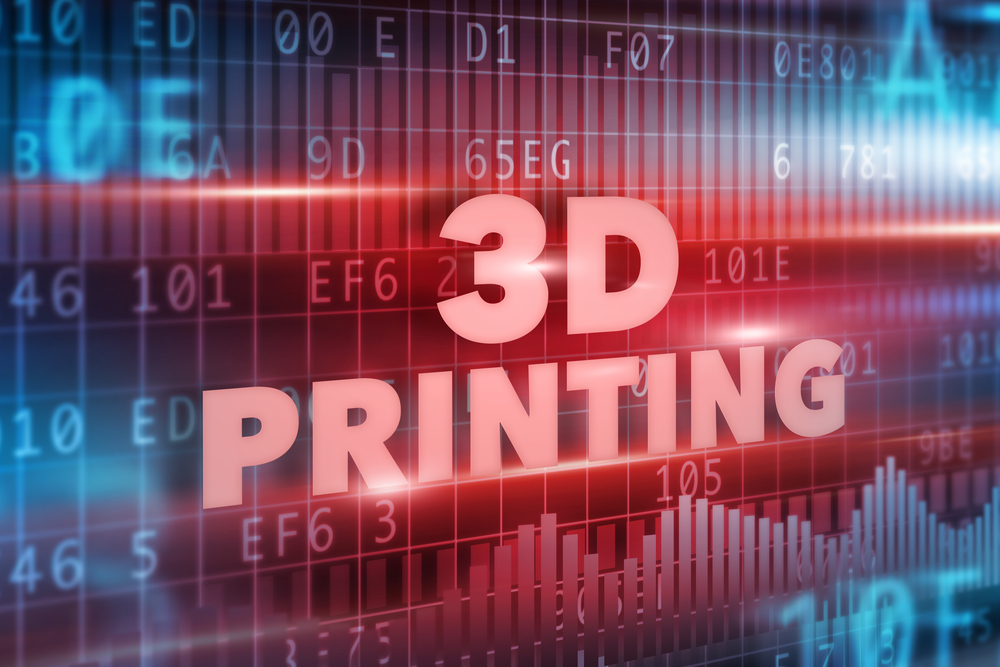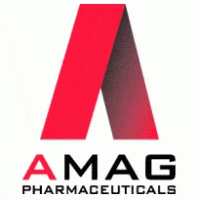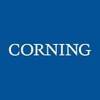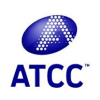|
|
Without question, 3D printing is one of the most transformative technologies of the 21st century, impacting diverse fields that include medicine, science, technology, manufacturing, military defense, and more. Among its exciting and varied applications, combining 3D printing technologies with stem cells is one of the most exciting.
For this reason, this article explores critical advances in 3D printing and how this technology is creating positive opportunities for stem cell companies and investors.
3D Printing with Stem Cells – “Thaw and Use” Ink, 3D Printing of iPSCs, Blood Vessels, and More
Recently, the Swedish startup company CELLINK and the American stem cell company RoosterBio released news that they have partnered to launch universal bioink kits for 3D printing, with the partnership pairing CELLINK’s commerical inks for 3D printing with Rooster Bio’s living cells. Together, the companies have released the world’s first ever ready-to-print (RTP) stem cell product, “thaw and use” human mesenchymal stem cells (hMSCs).
This advance is making standardized cells available for rapid 3D bioprinting and tissue engineering, an incredible feat.
In other recent news, researchers from Scotland’s Heriot-Watt University led by Dr. Will Shu achieved the world’s first demonstration that 3D printing can utilize induced pluripotent stem cells (iPSCs). According to Dr. Shu, this is the first time that it has been demonstrated that human iPSCs can be used for 3D printing applications without affecting the biological function of the cells.
To confirm this assertion, his group differentiated the stem cells into liver cells after printing, thereby demonstrating that their 3D printing process is delicate enough to allow the use of stem cells.
Additionally, the Chinese biotechnological company Revotek recently claimed that it had created the world’s first 3D printer capable of printing blood vessels. To date, a major bottleneck in tissue engineering has been the inability to supply tissues with adequate nutrients, so theoretically, this breakthrough could lead to 3D printing of patient-specific, functional organs. The novel 3D printer is capable of printing a 10cm blood vessel within two minutes, using a cell culture system that combines stem cells with bio-inks that contain growth factors and cell nutrients to drive differentiation.
The rate of these 3D printing advances is staggering and suggests a promising future for 3D printing techniques involing stem cells.
Use of 3D Printing in Regenerative Medicine
One of the best descriptions that I have come across to describe the use of 3D printing within regenerative medicine is the TED Talk “Printing a human kidney” given by the surgeon, Dr. Anthony Atala. In this talk, he introduces 3D printing successes, including the creation of a working heart value and a replacement bladder. He also introduces a novel experiment that could potentially address the currently shortage in replacement organs, a 3D printer that uses living cells to create a transplantable kidney. Using similar technology, a patient of Dr. Atala’s received an engineered bladder 10 years ago, and he introduces this patient onstage during his talk.
Watch the video below for a powerful introduction to the use of 3D printing for biofabrication purposes, including the creation of replacement organs.
What if 3D Printing was 100X…or 1,000X Faster?
However, one of the major bottleneck that remains for bioprinting is the speed of the technology. To date, 3D printing has been notoriously slow, traditionally been done as an additive or subtractive process within a normal oxygen environment. In a phenomenal TED talk giving by Joseph DeSimone, he asks the question, “What if 3D printing was 100x faster?”
The answers is that we could bio-print tissue patches, grow 3D organs, improve vaccine and drug delivery, create replacement teeth, navigate complex surgeries, improve microfabrication, and much more. The potential of this technology is staggering.
What the video below to view an incredible demonstration of an accelerated 3D printing process.
While the future of 3D bioprinting is unknown, it is clear that this technology has crashed onto the scene and will forever impact the stem cell world.
What do you think the future holds for 3D bioprinting? Share your thoughts below.




















Tell Us What You Think!